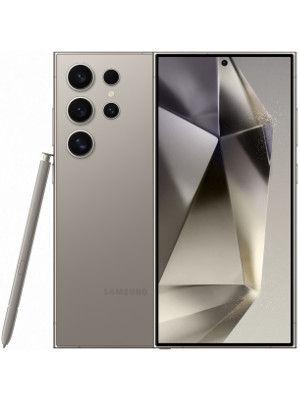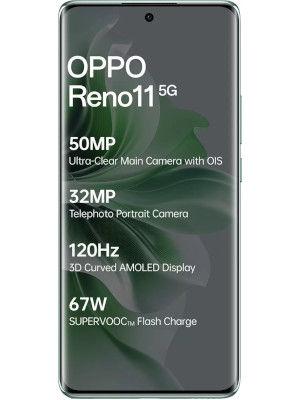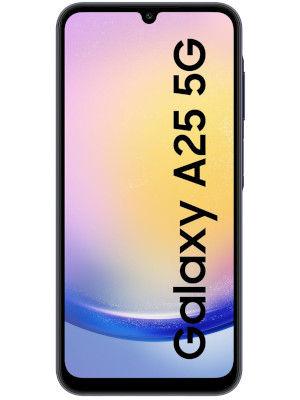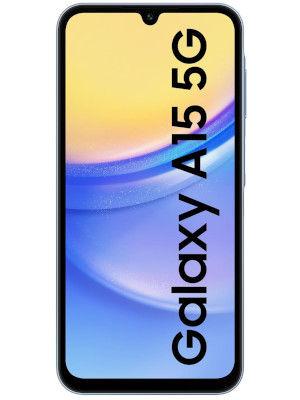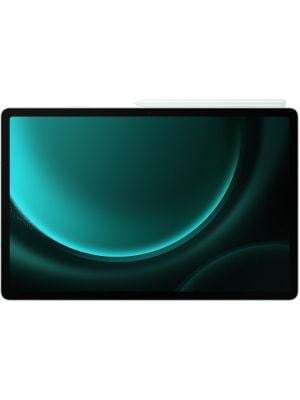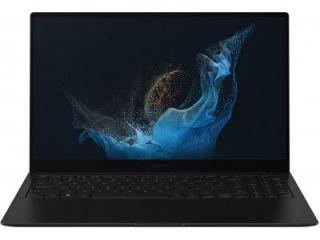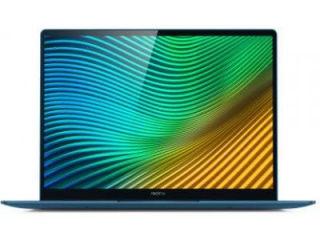Breaking down megapixel war as 48MP, 64MP camera phones become a reality
Xiaomi Redmi Note 8 Pro and Realme XT now offer 64-megapixel camera under ₹20,000 segment. Does adding more megapixels make any difference to the experience?
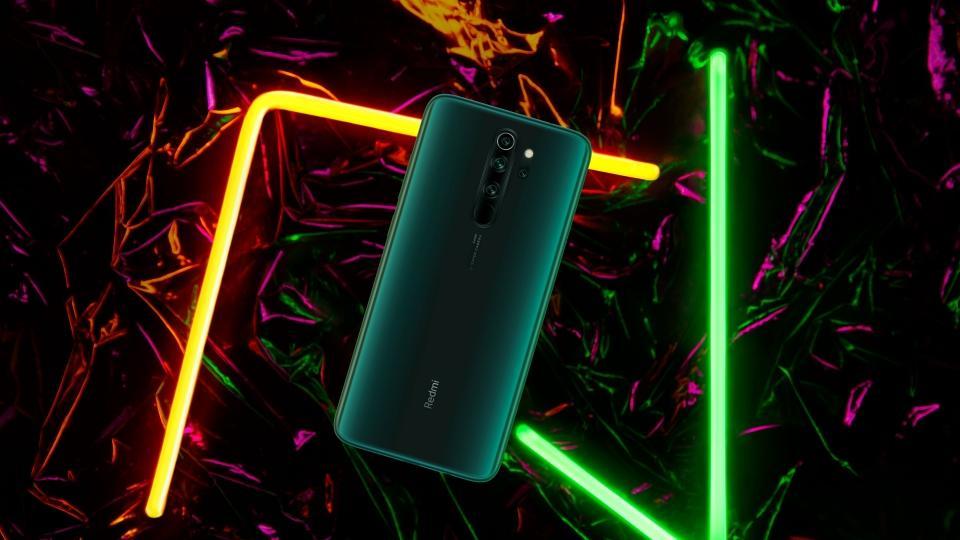
In 2012, Nokia, which was at the top of the mobile industry, brought 808 PureView, a Symbian operating system (OS)-based smartphone with an insane 41MP camera that created quite a buzz.
Since then, Android-based smartphones started gaining traction and original equipment manufacturers (OEMs) began adding more megapixels to the cameras to lure the crowd.
Now Chinese smartphone makers have sounded the bugle for a megapixel war and the users are in for some sweet deals as camera sensors grow in specifications at affordable price points.
In India, Realme, which initially started off as a subsidiary of Chinese handset maker OPPO, became the first to introduce a 64MP camera smartphone -- Realme XT -- few weeks ago followed by Xiaomi, which has recently unveiled its Redmi Note 8 Pro with 64MP.
Samsung has even created a 108MP sensor for upcoming smartphones.
As many as 50 per cent of smartphones sold globally will have three or more camera sensors by the end of 2021, says Counterpoint Research. According to industry experts, it is an attempt by the brands to differentiate themselves from competition and remain at the top of the consumers' mindshare.
"It should be seen as a marketing plank, which enables brands to showcase innovation for a feature which is important for smartphone consumers these days," Navkendar Singh, Research Director-Devices and Ecosystem, India & South Asia, International Data Corporation (IDC) told IANS.
These numbers indicate the availability of the sensor size at a cost that can let smartphone brands bring it in a model at affordable price points.
"In early 2020, we should expect launches with 92MP and 108MP in the market. Beyond a certain megapixel capability, a normal consumer cannot feel the difference in the photograph purely from megapixel viewpoint," Singh noted.
According to Counterpoint Research, Xiaomi was at the second spot with a 17 per cent share in the ₹15,001- ₹20,000 price segment in India in Q2 2019, while Realme ranked sixth with 6 per cent share in the same period.
However, Realme inched up to the fourth position with 12 per cent market share, whereas Xiaomi slipped to the fifth spot with a share of 9 per cent in July-August.
"In Q2 2019, 14 per cent smartphones shipped with 48MP lens cameras and 70 per cent with two or more rear cameras.
"However, merely adding a bigger megapixel sensor does not determine higher picture quality," Karn Chauhan, Research Analyst at Counterpoint Research told IANS.
There are multiple factors, such as the lens, the size of the aperture, Image Signal Processor (ISP), software algorithms, AI, etc. which come into play while determining the quality of the picture.
"The tech advancements, exemplified by Samsung 'ISOCELL Bright GW1', the 64MP image sensor, used by the likes of Realme and Xiaomi, are essentially pushing the envelope for better, low light HDR photography and brighter, detailed photographs mimicking very closely the human eye vision," Prabhu Ram, Head, Industry Intelligence Group (IIG), CMR, told IANS.
Catch all the Latest Tech News, Mobile News, Laptop News, Gaming news, Wearables News , How To News, also keep up with us on Whatsapp channel,Twitter, Facebook, Google News, and Instagram. For our latest videos, subscribe to our YouTube channel.

